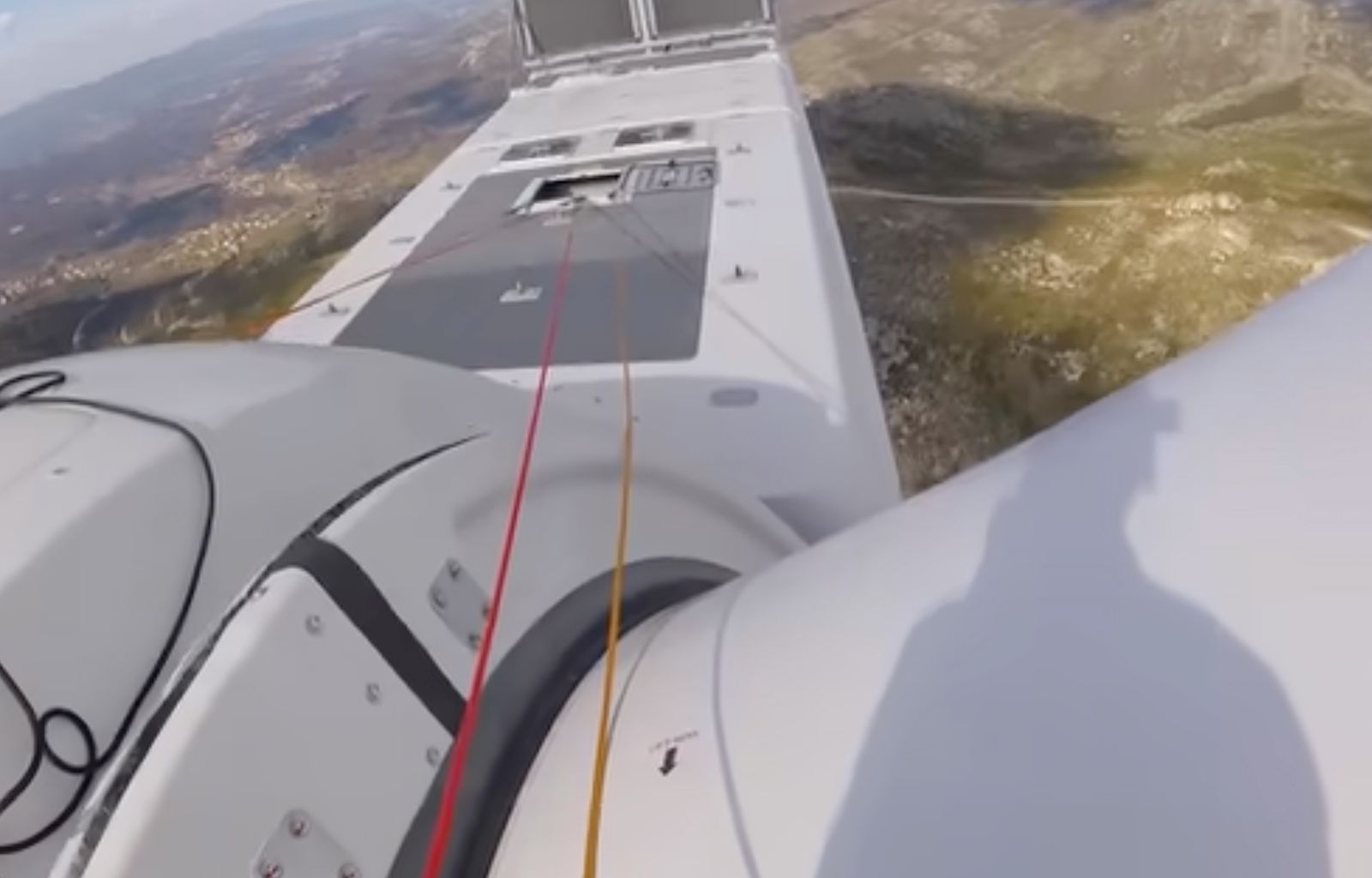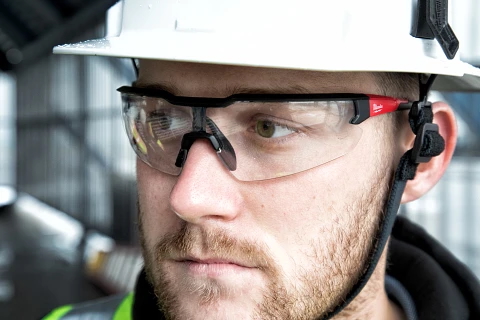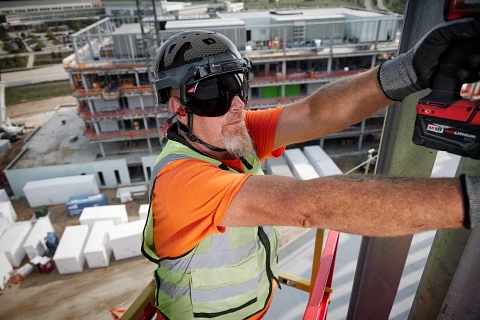Safeguarding Sight Onsite
In the high-risk environment of the professional trades, the safety of workers’ vision is non-negotiable. Eye injuries are among the most common workplace incidents, yet they are also among the most preventable with the proper use of personal protective equipment. Safeguarding vision is not just about meeting compliance requirements — it is a critical component of maintaining productivity, ensuring long-term health, and fostering a culture of safety on the job site.

Wind technicians face a variety of daily risks to their vision, making effective eye protection essential. Flying debris from tasks such as drilling, cutting conduit, or handling turbine components can cause severe eye trauma. Chemical splashes and exposure to hazardous materials present additional dangers. Working outdoors risks prolonged exposure to UV radiation can lead to long-term vision deterioration. To combat these hazards, the personal protective equipment market offers various lens technologies, including mirrored, tinted, transition, and polarized lenses, designed to enhance visibility and protect against different environmental conditions. By addressing these hazards with the appropriate personal protective equipment, wind energy professionals can lay the groundwork for fostering a safe and efficient work environment.
 Understanding standards: A foundation for eye safety
Understanding standards: A foundation for eye safety
The ANSI Z87.1 standard defines the essential requirements for eye and face protection on jobsites across the United States. This standard serves as the benchmark for ensuring that protective gear — such as safety glasses, goggles, and face shields — meets the necessary safety criteria to guard against workplace hazards. While the core compliance requirements are consistent nationwide, variations can arise depending on the specific tasks and applications at hand. Understanding and applying these standards ensures not only compliance but also proactive protection tailored to the demands of diverse jobsite environments.
Ensuring compliance with personal protective equipment requirements does come with challenges, particularly when it comes to eye protection. Workers often cite discomfort, poor fit, and design limitations as reasons for inconsistent use of protective eye gear. Addressing these concerns is critical for building a culture of safety and encouraging the regular use of eye protection in the workplace.
Leveraging technology to advance eye safety
For wind energy jobsites, it is essential to provide eye protection that not only offers full coverage but also ensures a secure and comfortable fit for extended wear. Design features such as adjustable nose bridges and temples allow the equipment to accommodate a wide range of face shapes and sizes, ensuring a secure and comfortable fit. By prioritizing comfort, employers can reduce resistance to wearing eye protection during long hours on the jobsite.
While comfort and fit are essential for encouraging consistent use, challenges like lens scratching, fogging, and limited durability can also hinder compliance. Advancements in technology, such as gasketed eye protection, scratch-resistant and anti-fog coatings, have significantly improved durability and user satisfaction. These innovations address common issues while meeting safety standards and the practical needs of workers on wind energy jobsites.

Building a safety culture
Creating a strong safety culture is essential to protecting workers’ vision and promoting overall long-term productivity across wind projects. Eye safety for wind technicians is more than just compliance; it’s about fostering an environment where workers feel valued and supported. This begins with a commitment to high safety standards and the continuous education of both leadership and employees.
Employers must commit to ongoing education and awareness as part of their safety programs. Staying informed about the latest developments in eye and face protection enables companies to make well-informed decisions that prioritize worker safety. Taking action today — through investments in high-quality personal protective equipment and rigorous safety protocols — ensures a safer, more productive workplace for everyone.
Eye safety for wind technicians working on wind energy projects is critical for ensuring the health and well-being of workers while enhancing overall job site performance. By understanding and adhering to regulatory standards, embracing advancements in technology, and prioritizing comfort and fit, employers can create safer work environments that foster trust and accountability.
Kyle Anderson is Senior Manager of Product Marketing at Milwaukee Tool, which works side-by-side with real users to understand the demands of a constantly changing workplace and how we can best deliver solutions for a safer, more productive jobsite.
Milwaukee Tool | www.milwaukeetool.com
Author: Kyle Anderson
Volume: 2025 September/October








